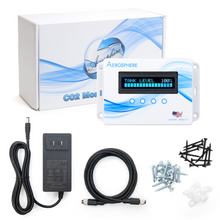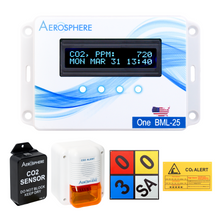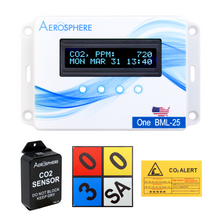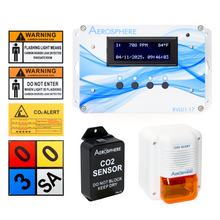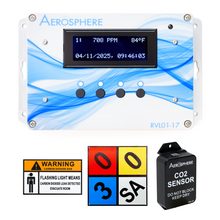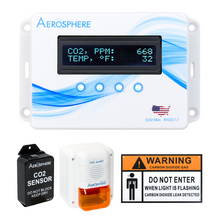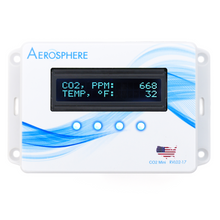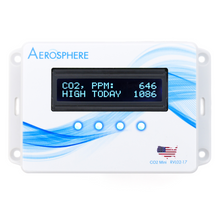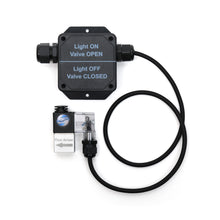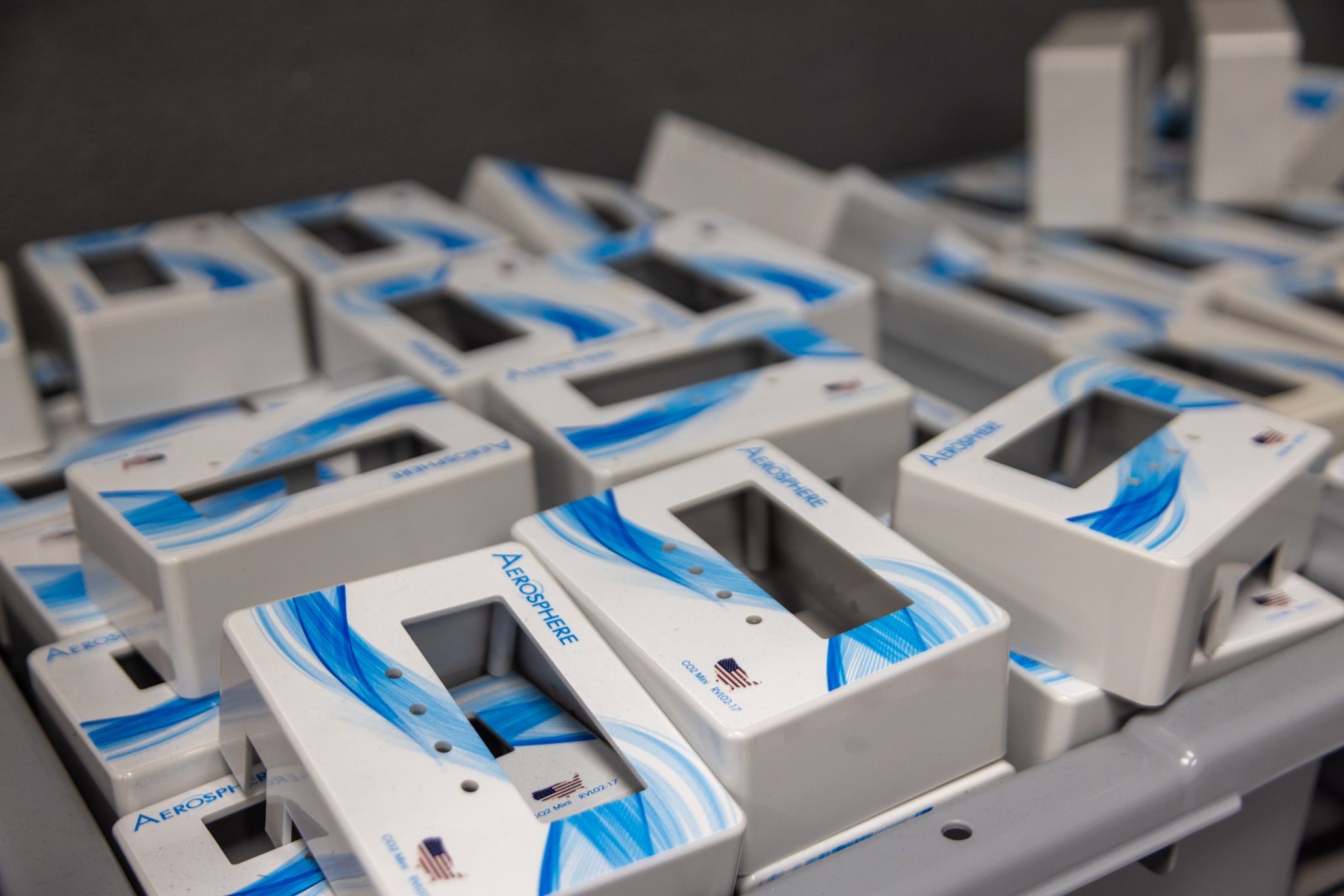Natural Ways to Improve Indoor Air Quality Without an Air Purifier
Improve indoor air quality naturally with better ventilation, fewer pollutants, and air-purifying plants for a healthier home or workspace environment.

Many of us don't realize the impact of poor indoor air quality until we start noticing symptoms like headaches, fatigue, or allergies. Air purifiers can be effective but expensive; they aren't the only solution for maintaining fresh, clean air in your home or workspace.
Understanding what causes poor air quality and learning how to improve it naturally can help create a healthier environment for your home, office space, or establishment.
Causes of Poor Indoor Air Quality
There are many everyday materials and products we use that contribute to poor indoor air quality. Some of the most common include:
- CO2 Buildup from Everyday Activities: Breathing, cooking, and poor ventilation can lead to elevated carbon dioxide levels, making the air feel stale and leading to health issues.
- Fuel-Burning Combustion Appliances: Gas stoves, fireplaces, and furnaces release pollutants into the air, including carbon monoxide and nitrogen dioxide.
- Cleaning Products: Many conventional cleaning supplies contain Volatile Organic Compounds (VOCs) that can irritate the lungs and contribute to indoor pollution.
- Tobacco Smoke: Smoking indoors introduces harmful chemicals and particulate matter into the air.
- Building Materials: Some paints, adhesives, and flooring materials release harmful chemicals over time.
- Deteriorated Asbestos-Containing Insulation: Found in older homes, deteriorated asbestos insulation can release dangerous fibers into the air.
- Newly Installed Flooring, Upholstery, or Carpeting: These materials often contain adhesives and treatments that off-gas chemicals into the indoor environment.
- Cabinetry or Furniture Made of Pressed Wood Products: Certain wood products contain formaldehyde, which can off-gas into indoor air.

Effects of Poor Air Quality
Poor indoor air quality can have both short and long-term health effects. According to the United States Environmental Protection Agency, some immediate effects include irritation of the eyes, nose, and throat, headaches, dizziness, and fatigue. Other effects can include stuffy air, caused by poor ventilation, and allergies and respiratory irritation caused by dust, mold, and airborne chemicals.
Long-term exposure to indoor pollutants has been linked to more serious health concerns, including respiratory diseases, cardiovascular issues, and an increased risk of developing chronic conditions such as heart disease or cancer.
The U.S. EPA states, "it is prudent to try to improve the indoor air quality in your home even if symptoms are not noticeable."
Natural Ways to Improve Indoor Air Quality
Fortunately, there are several simple and natural ways to improve the air quality in your home without relying on a pricey air purifier.
1. Increase Ventilation
One of the easiest ways to improve indoor air quality is by increasing airflow throughout your space. Here’s how:
- Open windows and doors whenever possible to let fresh air circulate.
- Use exhaust fans in kitchens and bathrooms to remove excess moisture and pollutants.
- If possible, install trickle vents or use mechanical ventilation systems to promote constant airflow.

2. Reduce Indoor Pollutants![]()
Minimizing the sources of indoor pollution is key to maintaining clean air:
- Use Natural Cleaning Products: Many store-bought cleaners contain harsh chemicals. Opt for natural alternatives like vinegar, baking soda, and lemon juice.
- Keep Paints, Solvents, and VOC-Heavy Products Outside: Store these items in a garage or well-ventilated area rather than inside your home.
- Avoid Smoking Indoors: Tobacco smoke lingers in the air and settles on furniture, releasing toxins long after smoking has stopped.
- Limit the Use of Artificial Air Fresheners and Candles: Many scented products contain synthetic fragrances that can contribute to poor air quality.
3. Bring in Houseplants
Certain plants have been shown to help remove toxins from the air while also producing oxygen. According to Westland, some great air-purifying plants include:
- Spider Plant: Removes carbon monoxide and formaldehyde.
- Peace Lily: Helps filter out benzene, formaldehyde, and other pollutants.
- Aloe Vera: Absorbs airborne toxins and releases oxygen at night, making it great for bedrooms.
- Snake Plant: Converts CO2 into oxygen, even during the night.

While houseplants alone won’t completely purify your air, they can contribute to a healthier indoor environment when combined with other natural solutions. To learn more about the best air-purifying plants for your home, check out our recent blog post, Best Air Purifying Plants for Every Room in Your House.
Importance of a CO2 Monitor
While implementing these natural solutions can significantly improve indoor air quality, monitoring your CO2 levels provides real-time insight into your environment. A CO2 monitor helps by:
- Alerting You to Poor Ventilation: If CO2 levels rise too high, it indicates that fresh air isn’t circulating properly.
- Identifying Pollution Sources: Tracking CO2 levels can help you pinpoint areas in your home that need better airflow or adjustments.
- Improving Focus and Well-Being: By keeping CO2 levels in check, you can reduce drowsiness and headaches, leading to better productivity and overall health.
Improving indoor air quality naturally is both simple and effective. By increasing ventilation, reducing pollutants, and incorporating air-purifying plants, you can create a healthier environment for your family or workspace. Small changes can lead to significant improvements in both comfort and well-being, making your home or office a healthier place to live and work.

